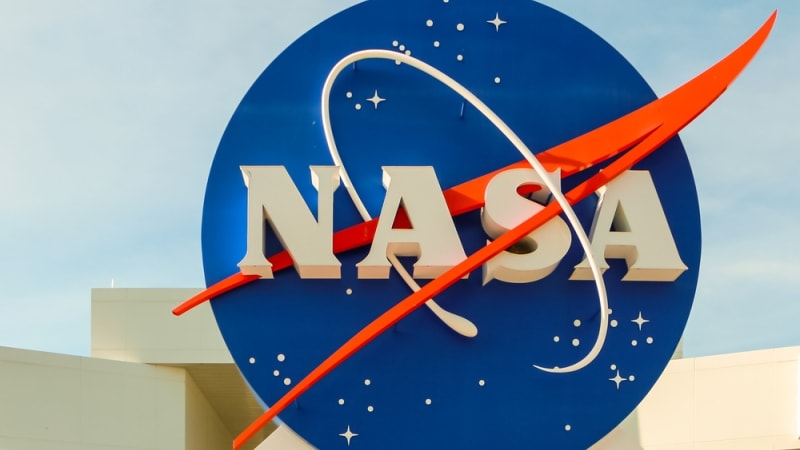
NASA has pioneered many supercomputing technologies, but a new agency watchdog report reveals that the agency is in need of a “renewed commitment” to supercomputing in order to successfully launch future missions.
The NASA Office of Inspector General (OIG) issued an audit report on March 14 that called on NASA to increase the oversight and management of its supercomputing – otherwise known as high-end computing (HEC) – technologies.
“Despite a history of innovation in HEC, NASA needs a renewed commitment and sustained leadership attention to reinvigorate its HEC efforts,” the report says. “Without key changes, the agency’s HEC is likely to constrain future mission priorities and goals.”
NASA has two main HEC facilities: the NASA Center for Climate Simulation at Goddard Space Flight Center and the NASA Advanced Supercomputing facility at Ames Research Center. NASA shares its supercomputing capabilities across the agency and with partners around the world.
According to the report, the agency’s supercomputing capabilities can be used for a wide range of uses. For example, the agency is currently using supercomputing capabilities to model the planned human landing on Mars – which could happen as early as the 2030s.
However, the report explains that NASA’s HEC is “not managed as a program or centralized agency strategic service,” and instead sits in the Earth Science Research Program within the Science Mission Directorate (SMD).
“This organizational placement hinders NASA’s HEC efforts,” the report says, because there is just one scientist within that program that oversees NASA’s supercomputing capabilities. Additionally, while the Office of the Chief Information Officer (OCIO) has some oversight of HEC, “it is not directly engaged in HEC activities or governance.”
“NASA is not keeping up with technological developments and advanced research computing requirements, in part due to these organizational and funding constraints,” the report warns.
Additionally, the OIG said the organizational structure “raises cybersecurity concerns,” as OCIO-mandated cybersecurity controls are often ignored by NASA’s mission directorates.
Yet perhaps more concerning, the OIG identified “extensive use of NASA’s HEC assets by external and foreign national parties.”
“As a result, limited cybersecurity practices expose the agency’s HEC resources at a higher risk than necessary,” the OIG says. “Without a refocused effort to implement better cybersecurity safeguards, NASA’s HEC resources will continue to be high-value targets to adversaries – potentially posing risks to not just a singular asset, but to NASA’s network and IT inventory as a whole.”
The OIG is making nine recommendations to NASA, including that it “appoint executive leadership to determine the appropriate definition, scope, ownership, organizational placement, and structure for NASA’s HEC.”
Additionally, it is recommending the agency identify technology gaps, evaluate cybersecurity risks, develop a strategy to improve prioritization and allocation of HEC assets, develop an inventory of enterprise-wide HEC assets, and identify and mitigate gaps in the foreign national accreditation access process.
NASA agreed with the recommendation to appoint executive leadership to focus on HEC resources, and partially agreed with the other recommendations.
